Many existing ideas, phenomena, and attitudes may seem unacceptable, uninteresting, or unfilled with deep meaning to a specific community of people. There are many examples in the world where the exact “text” has elicited entirely different reactions from people. For some, War and Peace is Tolstoy’s work of genius, while for others, it is a tedious book with an excess of unnecessary text. Some people enter the race for brands and tend to buy all the clothes from the latest shows in Milan, while others do not understand why people spend so much money on clothes that can be bought cheaper. Movies, TV shows, books, politics, sayings-it will always have a few different perspectives depending on who is talking and watching. In a sense, this is great because a plurality of opinions breeds controversy and a search for the ultimate truth. It is only through a plurality of human perspectives that civil and democratic society can exist. However, it is often the case that one belittles and devalues the significance of those “texts” that he or she does not understand. How many people hate and despise complex texts, classics, shopping, Tarantino movies, and trends in modern society! This poses a severe problem because such insults can hurt the feelings of members of alternative views. At the same time, it is an example of injustice since people who do not understand cannot look at a “text” objectively, from all sides, to see its full significance. Perhaps one of the most striking examples of a “text” that generates such conflicting views is the Chinese social network TikTok. It is the one I want to talk about in this address, reflecting on TikTok from the perspective of three fundamental theories of criticism.
First of all, I should outline my own opinion. It is well known to me that you are representative of a community that does not understand TikTok. To you personally and others like you, TikTok is a pointless waste of time, silly, short videos that lead to the degradation of the young population. Chances are, you genuinely do not understand why a person can get worldwide fame and millions of dollars by dancing a popular dance on camera and posting it online. Perhaps, as Jungian classical psychology tells us, at this point, you begin to hate the things that hurt you the most. It is no wonder: while you work hard for little — by TikTok standards — money, young bloggers without higher education get their fame and fortune, buy expensive cars, and vacation in the Maldives. I understand and accept these views, but I am a proponent of an utterly alternative opinion. For me, TikTok is a platform that allows me to unleash my creativity and bring other people closer to the culture. TikTok is a fundamental tool of globalization among young people, and often many news and world trends that adults have not yet heard about are found out thanks to this social network. Below I want to evaluate this social network consistently, clearly, and critically from the perspective of psychoanalytic, Marxist, and feminist theories of critique.
Additionally, it should be noted that TikTok, in this essay, is regarded purely as a social network in which anyone with a smartphone can post a video to the public domain. TikTok offers the user many options for filters, effects, music, and other animations to customize the video. Thus, even the same video — for example, a fragment from a movie — uploaded to TikTok by different people can look different. TikTok is not perceived here as a product of Beijing ByteDance, and any issues related to politics and geopolitics are not addressed in this essay. Furthermore, there is no reference to a specific video posted on TikTok. Instead, the analysis is conducted as a whole for all videos that have ever been published on the social network. However, the essay provides numerous examples of specific videos to provide evidence and more specific analysis. Finally, the social network is perceived in this essay as “text” because, as will be shown in the following paragraphs, TikTok has quite specific statements and missions that are non-textual.
One of the first perspectives to be used to analyze TikTok is the literary theory of psychoanalysis. Psychoanalytic criticism is built on the theory of the same name and is considered a product of Freud. In general, psychoanalytic theory is built from two strands, namely the theory of attraction and the unconscious, each of which requires consideration. Thus, according to the theory of attraction, sexual attraction (“What is the Key Criticism”) is at the heart of decision making and interest alignment. The sexual attraction of a child, which may be unformed, or an adult makes an individual perform specific actions.
If the object of such an attraction is something socially disapproved of, then, according to Freud, the subject seeks to abstract himself from such desires until they become unconscious. In the case of the social network TikTok, sexual attraction is expressed through displaying explicit content and the use of the platform to find such material. It is worth saying that this is not equivalent to pornographic material, but often with the material posted, young people who are just finding their sexual identity are trying to open up to the world. Moreover, this does not necessarily require a backlash from subscribers since publishing explicit material can be intriguing and enticing to the blogger. On the other hand, the theory of attraction views humans as pleasure seekers. If we view this social network from the viewer’s perspective rather than the creator, viewing such material (in Figure 1) may likely satisfy the viewer’s sexual desire.
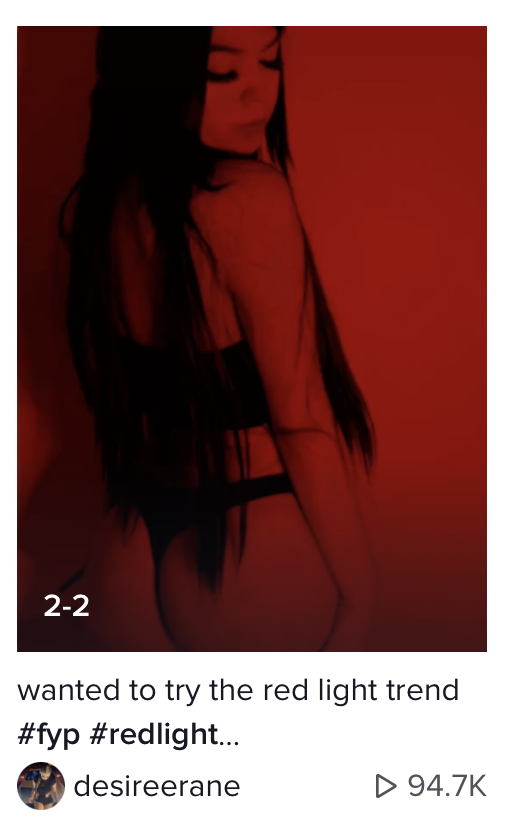
The second facet of psychoanalytic criticism is the theory of the unconscious. Like sexual attraction, the unconscious part of the personality is the strongest motivator for specific actions. Typically, the individual cannot identify either the content of this unconscious or the reasons for its origin, but it can be found from the outside. For example, quite a few TikTok bloggers chase trends and make videos to get millions of views. It must be said that trends are an important but not the only part of TikTok. In other words, many people on the social network are not trying to repeat trends but are gaining an enormous audience of loyal followers. Thus, the desire to chase trends (Figure 2) and gain public attention comparable to prominent bloggers may reflect deep jealousy or attention deprivation that is in the user’s unconscious. Lack of true love from parents, having siblings who were “better at everything,” or even the death of a parent can cause mental distress during adulthood (“Personality”). The desire to gain attention and the TikTok tool, which makes it relatively easy to do so, match perfectly, and as a result, thousands of children worldwide are creating the foundation for trends.
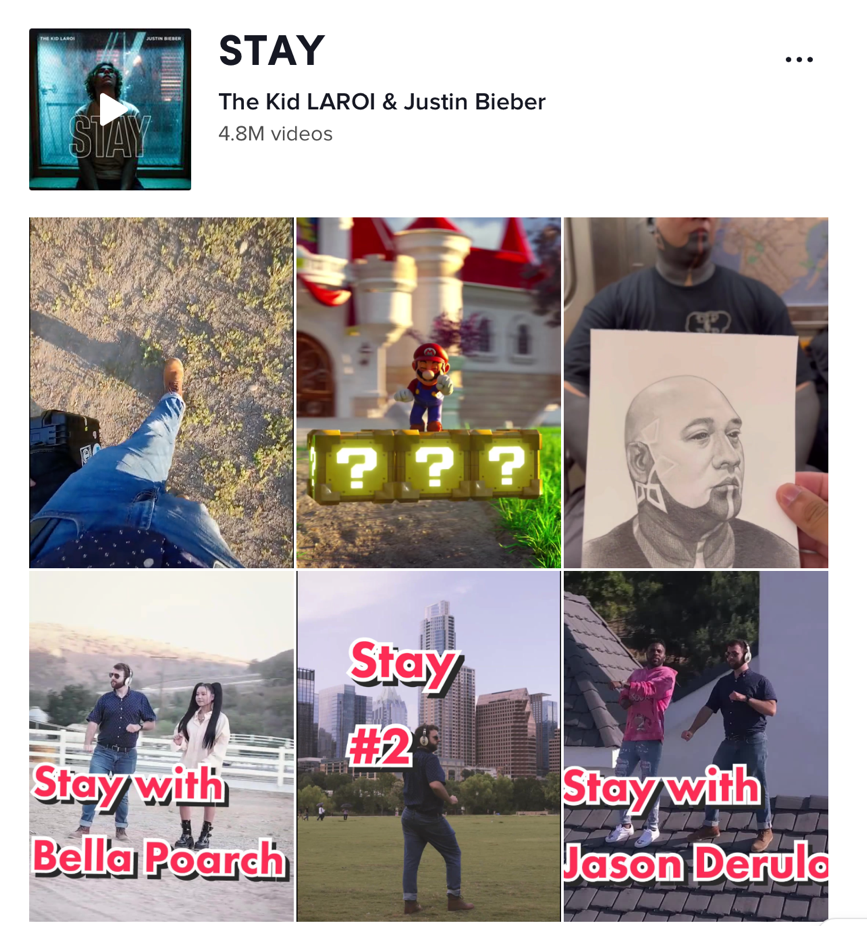
Another critical theory of criticism is the Marxist theory, derived from the fundamental teachings of Karl Marx. The core of this concept is the theory of conflict and social inequality. Thus, according to the literary theory of criticism, a text reflects the social institution within which it is written (“What is Marxism in Literature”). In other words, any work can easily be analyzed by considering the laws and orders of the time, geography, and culture in which it was created. These postulates can be extrapolated to TikTok since geographical separation perfectly satisfies the requirements of Marxist theory. Several confirmations can be given in favor of this belief. First, the algorithm of TikTok is built from the principle of selecting thematic videos for the user. The first time a person is randomly shown several videos related to his geography and culture: they can be local prominent bloggers or videos in his native language. The TikTok algorithm then analyzes the user’s activity on each specific video and adjusts the entire feed to the user’s interests. In reality, customizing recommendations is a never-ending process, so as an individual flip through the feed, he or she gets deeper and deeper into the core of his or her true interests. In this case, Marxist theory justifies the individual’s connection to their origins: the user’s interests will likely be consonant with those of others in that social class. In addition, viewers can eventually be divided into categories, such as Harry Potter fans or supporters of feminism. Second, as global events emerge, the backlash in TikTok is rapid. The most prominent example is the BLM phenomenon, where thousands of zoomers worldwide, many of whom were not even associated with the historical denigration of black people, changed their profile picture to a BLM-related theme. In this context, it should be understood that children were effectively becoming hostages of the era: the rejection of such publications could be seen as hatred of black people. On the contrary, posting a related video was encouraged and supported by the community.
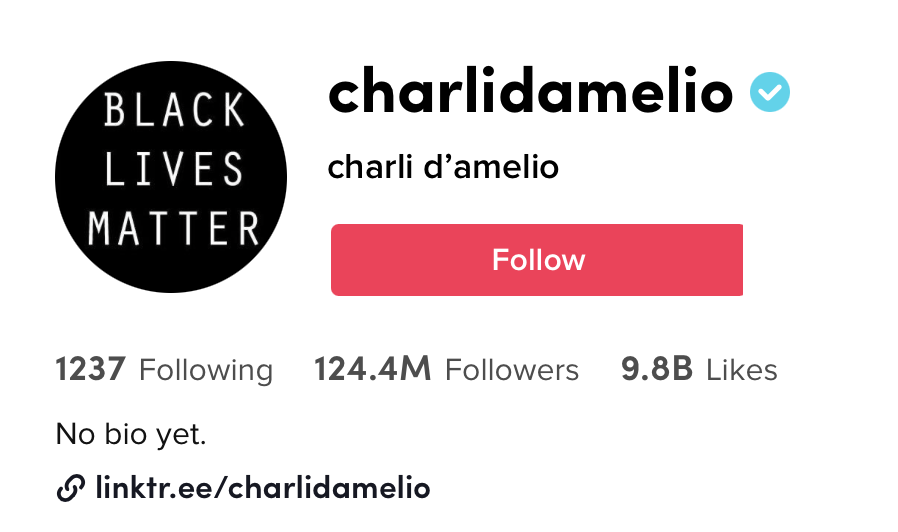
At the same time, social conflict is not of minor importance in Marx’s theory. One of the unobvious functions of such a conflict becomes a sense of belonging to a particular class. TikTok copes with this task perfectly well because the general audience of the social network includes several groups competing for power. By now, on a global level, such classes include radical feminists, misogynists, and others who cannot be categorized as such. Figure 4 clearly illustrates this idea.
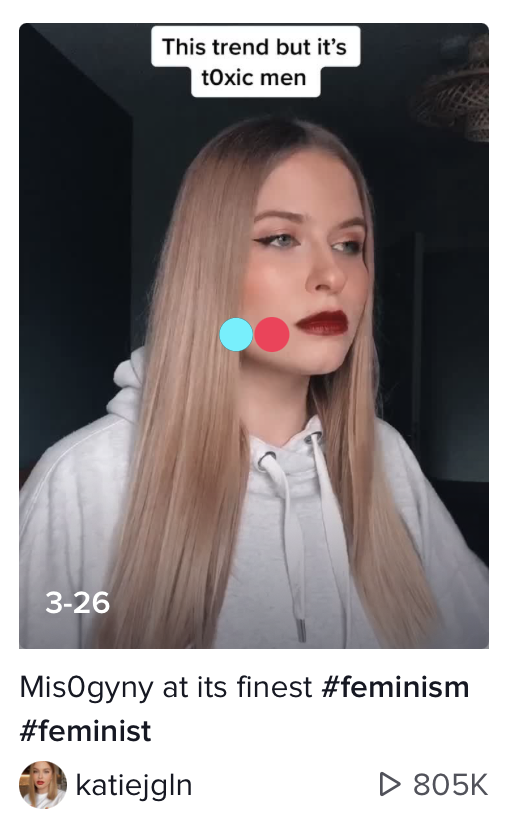
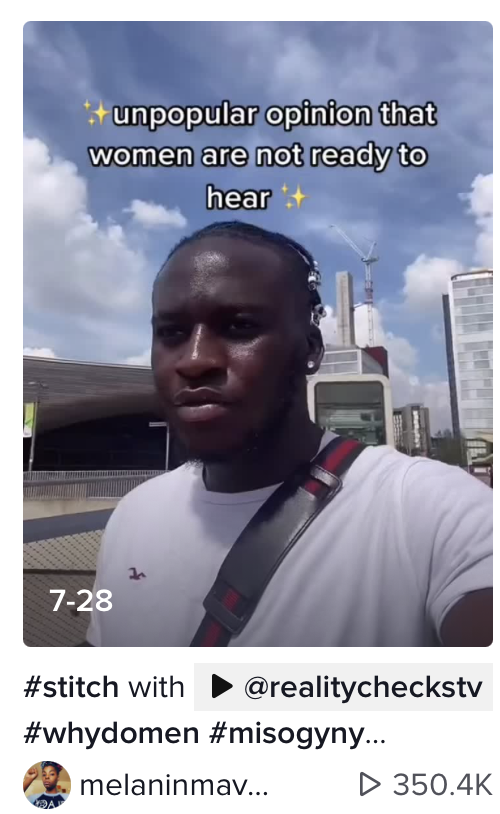
Finally, another critical perspective to consider in TikTok is feminist critical theory. The central idea of this movement is the struggle for women’s rights, the recognition of actual equality of the sexes, and the rejection of patriarchal social foundations (“What Makes a Text Feminist”). TikTok reflects this meaning, as an analysis of most videos shows consistency with this theory. More specifically, almost any video released from the beliefs of feminism (Figure 4) is built on the principle of recognizing the male world. While it may show that equal rights activists do not recognize patriarchy and strive, their provocative videos themselves are products of perception of the world as patriarchal. To put it another way, creating videos in response to an idea only reinforces the fact that that idea exists. It is possible that many of the creators publish their videos with the true intention of supporting oppressed women, an act that also embodies feminist theory. Another result of the evolution of TikTok, which also has a feminist essence, is the emergence of the helping gesture depicted in Figure 5. The very fact that such a sign appeared and then quickly spread throughout the social web was a product of support for women in an era of domestic quarantine when the likelihood of male violence increased significantly (Shumway). Since then, the unique hand sign has had an unambiguous symbolism and reflects a request and help for a woman in distress. The connection to feminist criticism is obvious: the appearance of this gesture signals male domination and the problems of inequality prevalent among TikTok users, including.
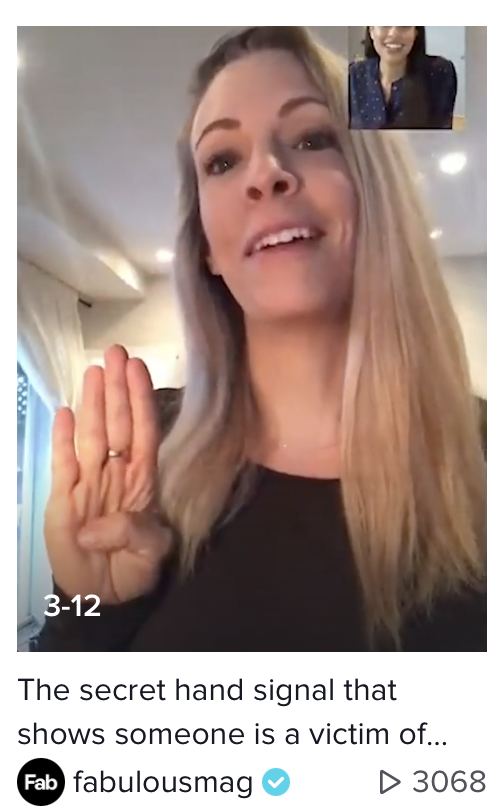

To summarize this essay, the social network TikTok is an example of a dynamic, malleable platform that perfectly reflects critical trends of the era. This network is much deeper than just publishing funny videos and has social, educational, and political functions. This social network has been examined from three paradigms, psychoanalytic, Marxist and feminist. It has been shown that each of the critiques applies to TikTok, which only confirms the complexity and ambiguity of this social network. TikTok allows people to create, gives them a sense of belonging to a social class, and unites them with the global community. It is for this reason that viewing this platform purely as a silly pastime makes no sense. People who reflect such views lack critical thinking and are unprepared to recognize the new, dynamic reality.
Works Cited
Davis, Ben. “What Makes a Text Feminist?” MV Organizing, 2021.
Davis, Ben. “What is Marxism in Literature?” MV Organizing, 2021.
Davis, Ben. “What is the Key Criticism of Psychoanalytic Theory?” MV Organizing, 2021.
“Personality.” Maricopa, 2020.
Shumway, John. “‘Help Me:’A Rise In Domestic Violence During The Pandemic Brought About A Signal For Help.” CBS, 2021.